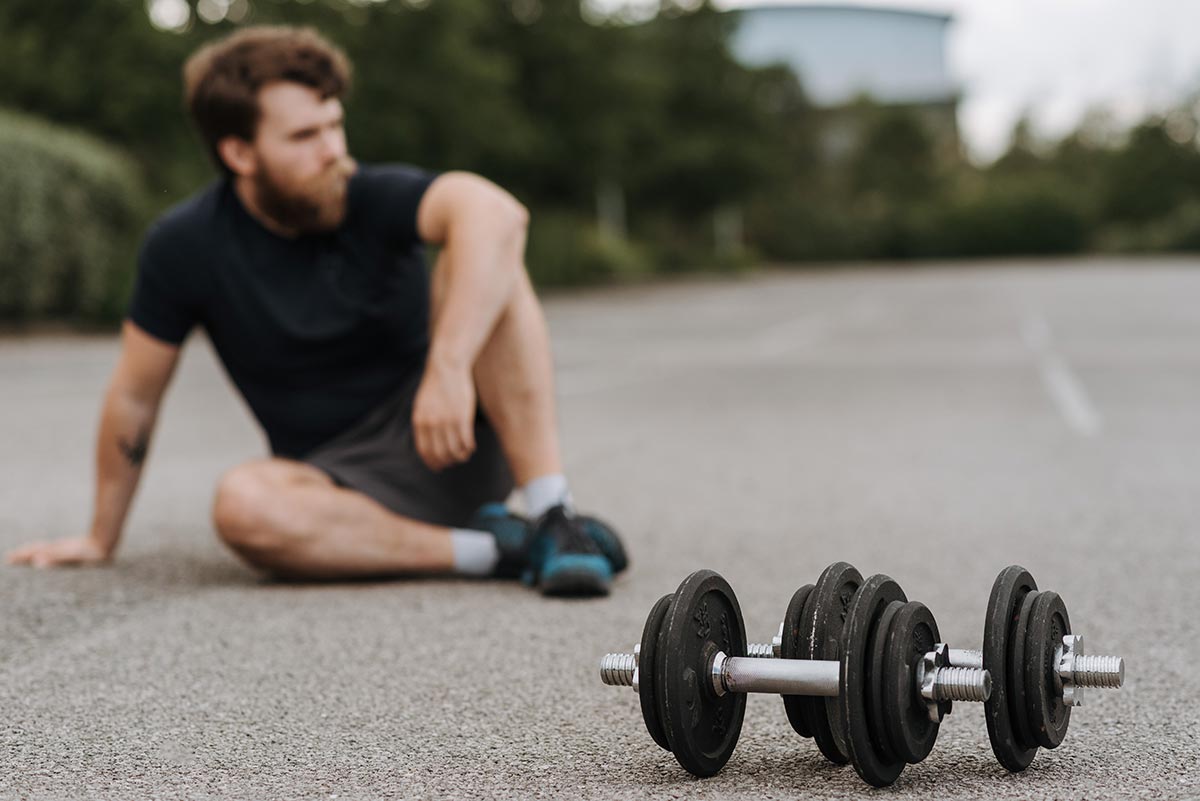For fitness enthusiasts in North America, lifting weights and tracking protein intake is no longer enough. Across gyms from California to Toronto, a growing number of athletes are embracing biohacking — the art of using technology, nutrition, and science to optimize performance, recovery, and even slow biological aging.
But while the goal is similar on both sides of the border, the approach couldn’t be more different. In the United States, biohacking has evolved into a tech-driven, often commercialized trend fueled by Silicon Valley ambition and the relentless pursuit of peak performance. In Canada, athletes are adopting biohacking tools more cautiously, with a greater emphasis on science and long-term health.
USA: Fitness Meets High-Tech Longevity Culture
In the United States, biohacking is no longer a niche — it has become a defining element of modern fitness culture. American athletes no longer settle for protein shakes and standard training plans. Instead, they turn to wearable devices, smart fitness scales, genetic testing, and an ever-growing range of supplements that promise to enhance everything from muscle growth to mitochondrial health.
Tech hubs like Silicon Valley, Austin, and Miami have become breeding grounds for this lifestyle, blending fitness with the latest science and high-end self-experimentation. Figures like Dave Asprey and Ben Greenfield have popularized biohacking for athletes, promoting everything from ice baths and intermittent fasting to advanced blood work and NAD+ infusions. Their promise? Enhanced recovery, better performance, and a significantly younger biological age.
Common biohacking tools and methods among US fitness enthusiasts include:
- Sleep tracking with devices like Oura rings, Whoop bands, or smartwatches to monitor recovery and sleep quality
- Regular blood tests to check hormone levels, inflammation markers, and nutrient deficiencies
- Intermittent fasting and ketogenic diets to improve fat burning, insulin sensitivity, and cognitive function
- Smart scales to measure body fat, muscle mass, water retention, and metabolic age
- Advanced supplement protocols featuring CoQ10, Omega-3 fatty acids, Ashwagandha, Magnesium, and Glycine
- Consistent blood pressure monotoring, especially for athletes combining intense training with supplement use
The most extreme examples include so-called "longevity hacking," where athletes experiment with peptides, metformin, or gene expression tests in the hope of extending their healthspan and slowing biological aging. However, many of these methods remain scientifically unproven and carry significant risks.
The Risks and Criticism of US Biohacking
Despite its popularity, biohacking in the US has attracted growing criticism. Medical experts warn that many self-experiments are poorly regulated, and the booming market for expensive devices and supplements often outpaces scientific evidence. Fitness athletes, driven by performance and aesthetics, are particularly susceptible to flashy marketing that promises shortcuts to health and longevity.
Media outlets like The New York Times and The Atlantic have highlighted how biohacking reflects broader social divides. On one hand, tech-savvy elites experiment with cutting-edge therapies, while large portions of the population struggle with obesity, hypertension, and inactivity. In a country where nearly 40% of adults are obese and cardiovascular disease remains the leading cause of death, critics argue that the biohacking craze often overshadows basic, accessible health measures.
Canada: Cautious but Curious
North of the border, Canadian athletes are increasingly exploring biohacking — but with a characteristically cautious, science-oriented mindset. In cities like Toronto, Vancouver, and Montreal, fitness enthusiasts are adopting wearable tech, smart scales, and advanced nutrition strategies, yet they do so with more skepticism toward hype and a stronger focus on evidence.
Popular biohacking practices among Canadian athletes include:
- Better Sleep optimization through blue light filters, sleep tracking, and consistent routines
- Targeted supplementation with magnesium, Omega-3s, and CoQ10 to support recovery and cardiovascular health
- Intermittent fasting to promote metabolic health and body composition
- Use of smart scales and apps to monitor progress, often combined with professional health guidance
- Routine blood pressure monitoring, particularly for older athletes or those engaged in high-intensity training
In Canada, biohacking is often integrated into holistic health strategies. Athletes are more likely to work with dietitians, physiotherapists, and sports medicine experts rather than relying on influencer-driven advice or costly experimental therapies. The emphasis is on longevity through science — not through expensive gadgets or unregulated supplements.
Two Countries, One Ambition
Despite their cultural differences, fitness athletes in both the US and Canada share the same underlying ambition: to optimize performance, maintain health, and, if possible, reduce their biological age. But while American athletes often dive headfirst into high-tech self-experiments, Canadian athletes tend to take a slower, more evidence-based approach.
In both countries, the rise of biohacking reflects a broader shift in how fitness is viewed. It's no longer just about muscle size or running times — it's about comprehensive, data-driven health management. The difference lies in how much risk, money, and technology athletes are willing to embrace in pursuit of that goal.
Scientific References (English, peer-reviewed or academic sources):
Walker, M. (2017). Why We Sleep: Unlocking the Power of Sleep and Dreams. Penguin.→ Comprehensive overview on sleep’s role in cognitive performance, recovery, and longevity.
DiNicolantonio, J. J., & O’Keefe, J. H. (2018). Magnesium for the prevention and treatment of cardiovascular disease. Open Heart, 5(2), e000775.→ Discusses magnesium supplementation for cardiovascular and blood pressure management, relevant for fitness and biohacking.
Longo, V. D., & Panda, S. (2016). Fasting, circadian rhythms, and time-restricted feeding in healthy lifespan. Cell Metabolism, 23(6), 1048–1059.→ Scientific review on intermittent fasting and its role in metabolic health and healthy aging.
Newman, J. C., & Verdin, E. (2017). β-Hydroxybutyrate: A signaling metabolite. Annual Review of Nutrition, 37, 51–76.→ Explains the biological mechanisms behind ketogenic diets and ketone metabolism in health and aging.
Reichelt, A. C., & Rank, M. M. (2017). The role of omega-3 fatty acids in cognitive performance and neuroplasticity. Nutrients, 9(6), 618.→ Details the evidence for Omega-3’s role in brain health, recovery, and inflammation reduction.
Bensinger, S. J., & Tontonoz, P. (2008). Integration of metabolism and inflammation by lipid-activated nuclear receptors. Nature, 454(7203), 470–477.→ Relevant for understanding inflammation control in the context of supplements and lifestyle interventions.
Steffensen, J. F., et al. (2018). Blood pressure management in athletes: A review. Journal of Human Hypertension, 32(8), 533–539.→ Focuses on blood pressure monitoring and cardiovascular risks in physically active individuals.













